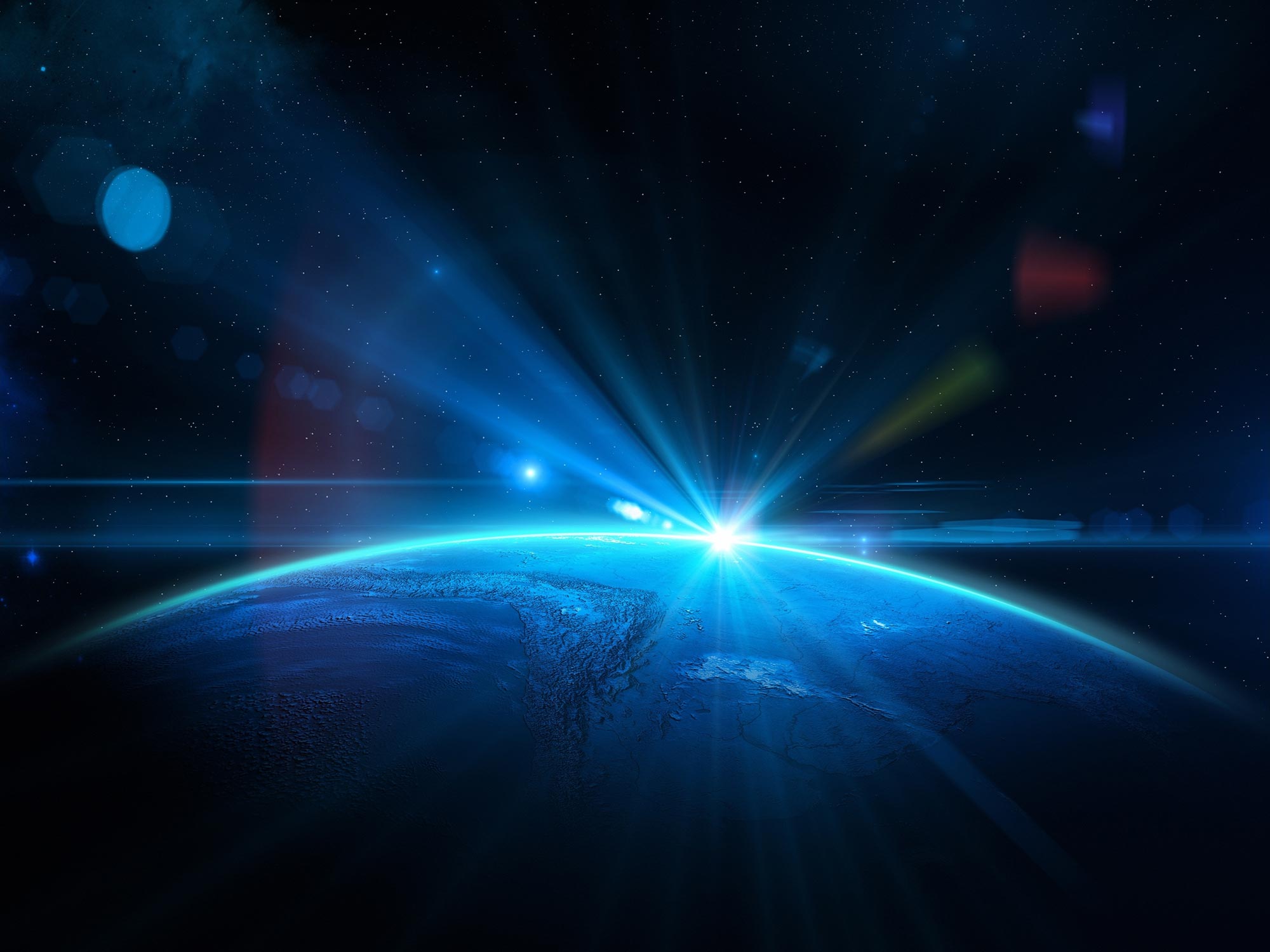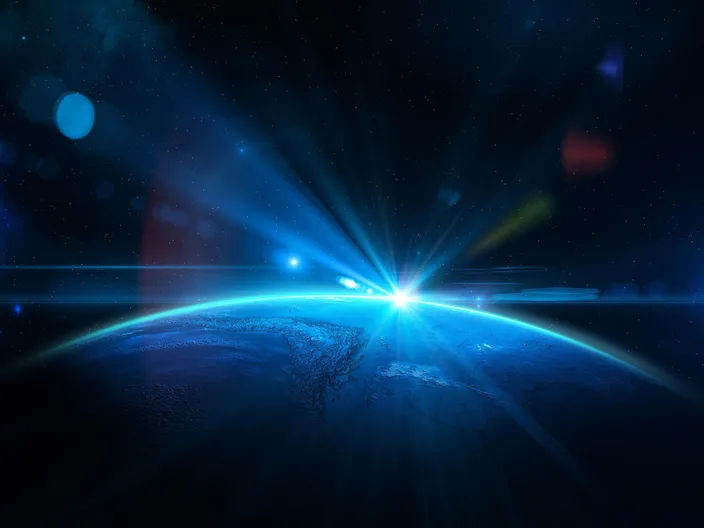

According to the authors, the study demonstrates how certain arctic species are remarkably well-adapted to living on and around the ice.
Life in the poles provides insights into the first animals on Earth.
According to a recent study, the amazing survival techniques of polar marine creatures may help to explain how the earliest animals on Earth may have evolved earlier than the oldest fossils suggest. These early, primitive, and now extinct animals may have survived some of the world’s most harsh, cold, and icy periods. The study’s findings were recently published in the journal Global Change Biology.
The fossil record dates the first animal life on Earth around 572-602 million years ago, right as the earth emerged from a massive ice age, although molecular studies suggest an earlier beginning, up to 850 million years ago. If true, this implies that animals have to have endured through a period of multiple global ice ages when most of the world was covered in ice (snowball and slushball Earths), larger than any ever seen since. If life did emerge before or during these intense glacial times, it would have encountered circumstances comparable to those of today’s marine ecosystems in Antarctica and the Arctic and would have needed a similar set of survival strategies.
The expansion and contraction of the ice sheets throughout cold and warm periods have spurred the development of Antarctica’s thousands of distinct animal and plant species over millions of years. The same might be true of Earth’s animal life’s evolution. While the polar regions seem to us to be the most hostile environments for life, they are the ideal location for studying the history and the possibility of life in the universe beyond our planet, such as on icy moons like Europa.
Marine biologist and lead author, Dr. Huw Griffiths of the British Antarctic Survey (BAS), says: “This work highlights how some animals in the polar regions are incredibly adapted to life in and around the ice, and how much they can teach us about the evolution and survival of life in the past or even on other planets.”
He continues, “Whether it is animals living upside down on the underside of ice instead of the seafloor, sponges living hundreds of kilometers under thick floating ice shelves, organisms that are adapted to live in seawater colder than −2°C, or whole communities existing in the darkness on food sources that don’t require sunlight, Antarctic and Arctic life thrives in conditions that would kill humans and most other animals. But these cold and icy conditions help to drive ocean circulation, carry oxygen into the ocean depths, and make these places more suitable for life.”
Floating ice covers more than 19 million km2 of the seas around Antarctica and 15 million km2 of the Arctic Ocean during winter. Under possibly the most extreme snowball Earth, lasting 50 to 60 million years during the Cryogenian period (720 to 635 million years ago), the whole world (510 million km²) is believed to have been entombed in ice around a kilometer thick, but there is some evidence that this ice was thin enough at the equator to allow marine algae to survive.
“The fact that there is this huge difference in the timing of the dawn of animal life between the known fossil record and molecular clocks means that there are huge uncertainties about how and where animals evolved,” says co-author Dr. Emily Mitchell, a paleontologist and ecologist at the University of Cambridge. “But if animals did evolve before or during these global ice ages, they would have to contend with extreme environmental pressures, but ones that may have helped to force life to become more complex to survive.”
“Just like in Antarctica during the Last Glacial Maximum (33-14 thousand years ago), the huge amounts of advancing ice would have bulldozed the shallows, making them inhospitable to life, destroying fossil evidence and forcing creatures into the deep sea. This makes the chances of finding fossils from these times less likely and sheltered areas and the deep sea the safest places for life to evolve.”
Dr. Rowan Whittle, a polar paleontologist at BAS and co-author on the study says: “Palaeontologists often look to the past to tell us how future climate change might look, but in this case, we were looking to the coldest and most extreme habitats on the planet to help us understand the conditions that the first animals might have faced, and how modern polar creatures thrive under these extremes.”
Reference: “Animal survival strategies in Neoproterozoic ice worlds” by Huw J. Griffiths, Rowan J. Whittle and Emily G. Mitchell, 11 October 2022, Global Change Biology.
DOI: 10.1111/gcb.16393